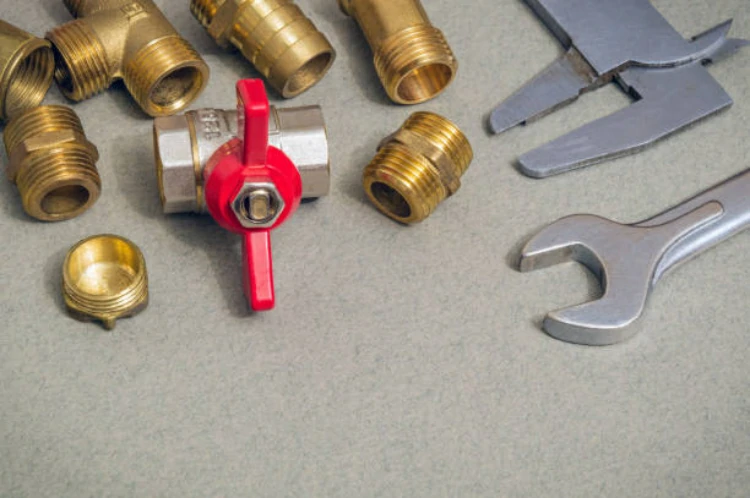Introduction
Brass ball valves are essential components in plumbing systems, offering reliable control of fluid flow. Understanding the working principle and structure of brass ball valves is crucial for effective system design and maintenance. This article explores the functionality and construction of brass ball valves, shedding light on their importance in various industries.
Working Principle of Brass Ball Valve
Brass ball valves operate on a simple yet effective principle to control the flow of liquids or gases. The main component is a hollow, perforated, and pivoting ball that regulates the flow through it. When you turn the handle, it rotates the ball to either allow or block the passage of fluid, depending on its orientation relative to the valve body. This rotational movement provides precise control over flow rates, making brass ball valves suitable for a wide range of applications.
Structure of Brass Ball Valve
- Valve Body: The valve body is the main housing that encloses all internal components of the brass ball valve. It is typically made of durable brass material, providing strength and resistance to corrosion. The design of the valve body may vary depending on the specific application and pressure requirements.
- Ball: The central component of the brass ball valve consists of the spherical ball with a hole drilled through its center. Typically, manufacturers craft this ball from brass or stainless steel to ensure longevity and reliability. The ball’s smooth surface and precise machining allow for seamless rotation within the valve body, facilitating efficient fluid control.
- Seats and Seals: Brass ball valves have elastomeric seats and seals located within the valve body, ensuring a tight seal when you close the valve. These seals prevent leakage and enhance the valve’s performance, especially in high-pressure applications. Common seal materials include PTFE (polytetrafluoroethylene) and NBR (nitrile rubber), chosen for their chemical compatibility and resilience.
- Stem and Handle: The stem connects the ball to the handle and facilitates rotational movement when the handle is turned. It is crucial for transmitting torque from the handle to the ball, controlling the flow of fluid. The handle provides manual operation of the valve, allowing users to open, close, or adjust the flow rate as needed.
- End Connections: Brass ball valves feature various end connections, such as threaded, soldered, or flanged, to accommodate different piping systems and installation requirements. These end connections ensure secure attachment of the valve to the pipeline, minimizing the risk of leaks or disconnections.
Conclusion
In conclusion, brass ball valves play a vital role in controlling fluid flow in plumbing and industrial systems. Their simple yet robust design, consisting of a valve body, ball, seats, seals, stem, handle, and end connections, enables precise regulation of flow rates with minimal effort. Understanding the working principle and structure of brass ball valves is essential for optimizing system performance and ensuring reliable operation in diverse applications.
Contact
IFANPLUS is a specialized product series launched by IFAN, primarily covering plastic pipes, fittings, and various types of valves. We offer PPR and PVC pipes in German and American standards, ensuring the high quality and reliability of our products. IFANPLUS valve products include a variety of valves, from PPR valves to other diverse copper valves, catering to your specific requirements. Whatever product you need, IFANPLUS will be your reliable partner. Here is our contact information.
We will reply your email or fax within 24 hours.
You can call us at any time if there is any question on our production.
For more information,pls visit our webside https://www.ifanplus.com/
Pls Mailto: [email protected]






